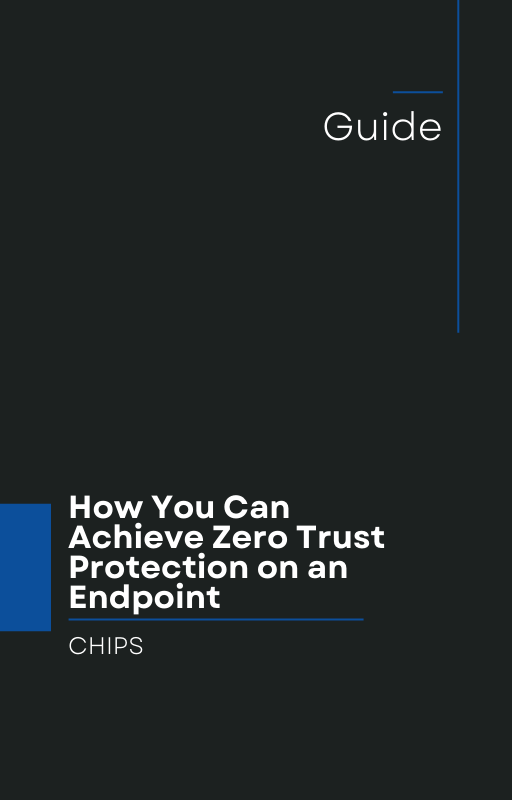A recent report from CyberSecurityNews highlights a dangerous trend involving a new ransomware group called Cephalus. The attackers are breaking into company networks by using stolen Remote Desktop Protocol (RDP) credentials. Once inside, they deploy ransomware with speed, stealth, and precision.
Source article: cybersecuritynews.com/cephalus-ransomware-rdp-credentials
This attack method is becoming increasingly common. RDP remains one of the most targeted entry points for cybercriminals, especially when MFA is not enabled or when credentials are leaked or easily guessed. The Cephalus operation shows how quickly a threat actor can take over systems once they gain a foothold.
How the Cephalus Attack Works
According to the source article, the attackers follow a clear and dangerous pattern:
1. Entry through RDP credentials
Threat actors begin by obtaining valid RDP credentials and using them to access internal systems without triggering alerts. This bypasses many traditional perimeter defenses because the login appears legitimate.
2. DLL sideloading to stay hidden
Once inside, Cephalus uses DLL sideloading. They hide a malicious DLL inside a legitimate SentinelOne file named SentinelBrowserNativeHost.exe. This allows them to run malware under the disguise of a trusted executable, making detection extremely difficult.
3. Activation of the ransomware payload
The hidden DLL loads an encrypted file called data.bin. When decrypted, it becomes the primary ransomware payload. The malware disables Windows Defender, deletes shadow copies, and stops backup and database services. These actions remove the victim’s ability to recover.
4. File encryption and extortion
Cephalus encrypts data using AES CTR mode. They also generate fake keys to confuse analysts and evade detection tools. Following encryption, the attackers exfiltrate stolen data and increase extortion pressure by publicly proving the breach.
This is a complete and well designed attack chain. Once RDP credentials are compromised, everything moves quickly.
Why Detect and Respond Is Not Enough Anymore
Tools built around detection struggle with threats like Cephalus. By the time suspicious behavior is flagged, the ransomware has already disabled security tools, corrupted backups, and encrypted key systems.
Cephalus is built to outmaneuver detection by using:
-
trusted binaries for sideloading
-
encryption to hide malicious code
-
rapid disabling of security controls
-
methods that resemble normal administrative activity
A detect and respond strategy leaves too many opportunities for attackers to act before a defense tool can react.
Why Isolation and Containment Is the Future of Protection
This is where AppGuard stands apart. Instead of waiting to detect something malicious, AppGuard prevents untrusted processes from ever launching harmful actions.
Here is how AppGuard helps in an attack like the Cephalus event:
-
It stops unknown or suspicious code from executing, even when hidden inside trusted files
-
It enforces strict process behavior, preventing DLL sideloading attempts
-
It blocks unauthorized actions such as stopping security tools or deleting shadow copies
-
It protects endpoints without relying on signatures, behavioral analytics, or cloud lookups
AppGuard has more than 10 years of proven success in high security environments and is now available for commercial businesses that need a preventive advantage.
When ransomware attempts to execute inside a compromised RDP session, AppGuard isolates the threat instantly. The malware never gets the opportunity to deploy.
What Business Owners Should Do Now
You can reduce the risk of Cephalus and similar attacks by taking these steps:
-
Protect all RDP access with MFA or secure gateways
-
Limit exposure of remote admin services to the internet
-
Implement isolation based endpoint protection like AppGuard
-
Use immutable backups that cannot be modified during an attack
-
Train teams to detect credential theft and unauthorized access
These actions give your organization a stronger security posture against credential based threats.
Call to Action
The Cephalus ransomware attack shows how easily cybercriminals can bypass traditional defenses once they obtain RDP credentials. Detect and respond tools are simply not fast enough to stop these modern tactics.
It is time to shift to a prevention first approach built on isolation and containment.
If you want to protect your business from attacks like Cephalus, talk with us at CHIPS. We can show you how AppGuard prevents these incidents before they start and why isolation technology is essential for today’s threat landscape.
Reach out to CHIPS to learn how AppGuard can safeguard your business from credential based ransomware attacks.
Like this article? Please share it with others!

November 21, 2025

Comments